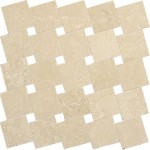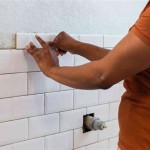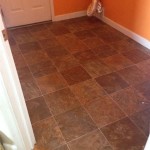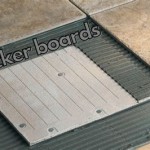Can You Put Cork Flooring Over Tile?
Cork flooring is a popular choice for both residential and commercial applications due to its durability, sound absorption, and warmth underfoot. While cork flooring can be installed over many different types of subfloors, many homeowners wonder if it is a suitable option for tile. In this article, we will explore the essential aspects of installing cork flooring over tile, including compatibility, preparation, and installation techniques.
Compatibility
The compatibility of cork flooring with tile depends on the type of tile and the condition of the installation. Ceramic and porcelain tiles are generally compatible with cork flooring, as they are non-porous and provide a solid, flat surface. However, natural stone tiles, such as marble or granite, can be problematic due to their porosity and variations in thickness.
Preparation
Before installing cork flooring over tile, proper preparation is crucial. The tiles should be thoroughly cleaned and free of dirt, grease, or other contaminants. Any loose or cracked tiles should be repaired or replaced. Additionally, the surface of the tiles should be level and smooth. Uneven tiles can cause the cork flooring to buckle or warp over time.
Installation Techniques
There are two main methods for installing cork flooring over tile: floating and glue-down. Floating cork flooring is installed using a click-lock system, which allows the planks to be snapped together without the need for glue. Glue-down cork flooring is installed by applying adhesive to the back of the planks and then securing them to the subfloor.
Floating cork flooring is generally easier to install and can be done by DIY homeowners. However, glue-down cork flooring provides a more secure installation and is recommended for areas with heavy traffic or moisture. It is important to follow the manufacturer's instructions carefully when installing cork flooring over tile, as improper installation can lead to problems down the road.
Other Considerations
In addition to the aforementioned aspects, there are other considerations to keep in mind when installing cork flooring over tile:
- Moisture barrier: A moisture barrier should be installed between the cork flooring and the tile to prevent moisture from wicking up into the cork and causing damage.
- Acclimation: Cork flooring should be acclimated to the room where it will be installed for several days before installation. This allows the cork to adjust to the temperature and humidity of the room, which minimizes the risk of buckling or warping.
- Expansion gaps: Expansion gaps should be left around the perimeter of the room to allow the cork flooring to expand and contract with changes in temperature and humidity.
Conclusion
Installing cork flooring over tile is possible, but it requires careful planning and execution. By considering the compatibility of the tile, properly preparing the subfloor, and using the correct installation technique, you can achieve a beautiful and long-lasting cork flooring installation over tile.

Advantages Of A Cork Floating Floor Over Glue Down Tiles Cancork

Cork Tiles Or Floating Flooring

Advantages Of A Cork Floating Floor Over Glue Down Tiles Cancork

How To Install A Floating Cork Floor Young House Love

How To Install A Floating Cork Floor Young House Love

Advantages Of A Cork Floating Floor Over Glue Down Tiles Cancork

Cork Flooring Pros And Cons Is It The Right Choice For You

Complete Guide To Cork Flooring Installation Deerfoot Carpet

The Best Cork Flooring Options 11 Reasons They Re Awesome Floorings

Cork Glue Down Floors Jelinek Group
Related Posts








